We often get asked how to avoid brushstrokes in paint finishes for that sought-after smooth look. Fusion Mineral Paint’s self-leveling feature plays a significant role in achieving an exceptional overall finish. But another key to a flawless, brushstroke-free appearance also lies in the selection of tools. Choosing the right brush for the job is key to getting a smooth brushstroke-free finish. Today’s blog post will teach you how NOT to get brush strokes when painting furniture and cabinets in your home.
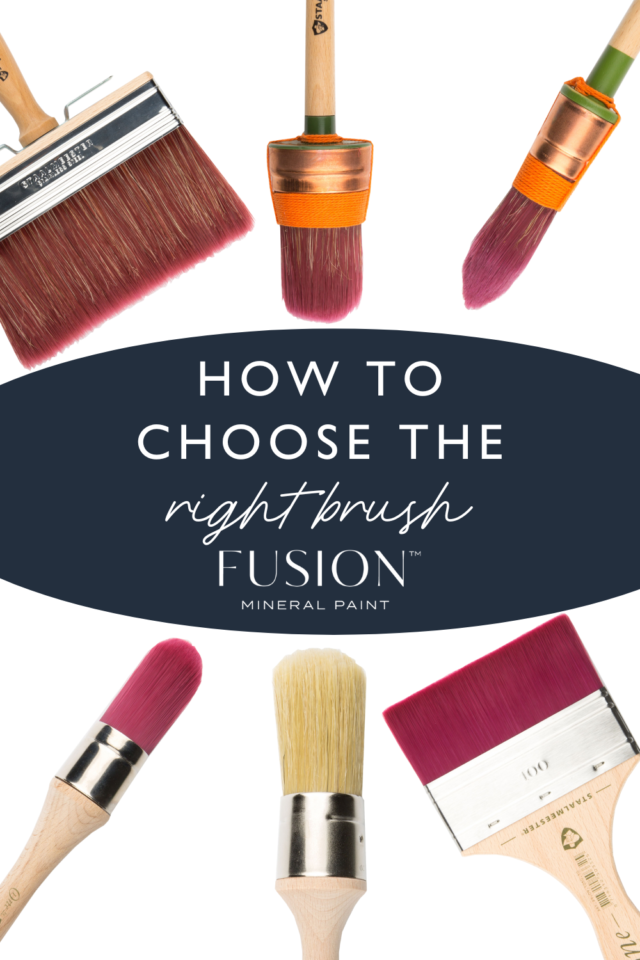
Good Bye Brush Strokes!
Choose the right paintbrush
Every project and every pair of hands are unique, you need a brush that feels right and comfortable for you to use. In our opinion the ultimate painting tools are Staalmeester brushes. They come in a large range making it easy for you to find the perfect brush for your project. Plus, we have a great post about how to select the right paint brush from their line for each job that will help you with your projects.
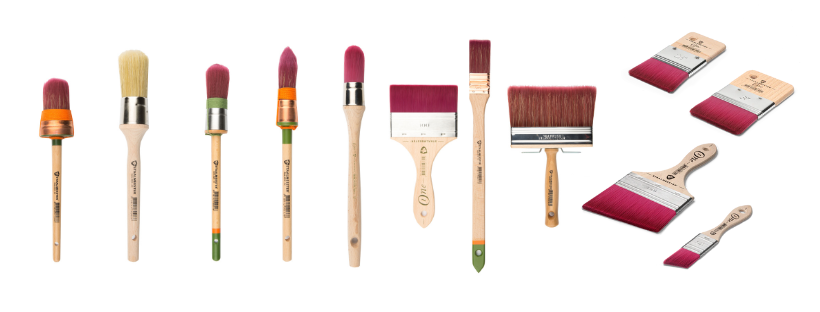
TIP: When you get a new brush, make sure you fan through it. A new brush can often have little bristles that will fall out and you don’t want that over your surface while you’re painting.
See the Essential DIY Painters Brush Box Set
Apply the proper amount of paint on your paintbrush
One of the biggest mistakes people make is that they tend to put gobs of paint on their paintbrush and then have a thick coat of paint on their surface. This is one of the quickest ways to create brush strokes on your furniture or cabinets. Repeat to yourself: less is more!
Dip your paintbrush into the container, then gently remove excess paint on the brush on the edge of the container.
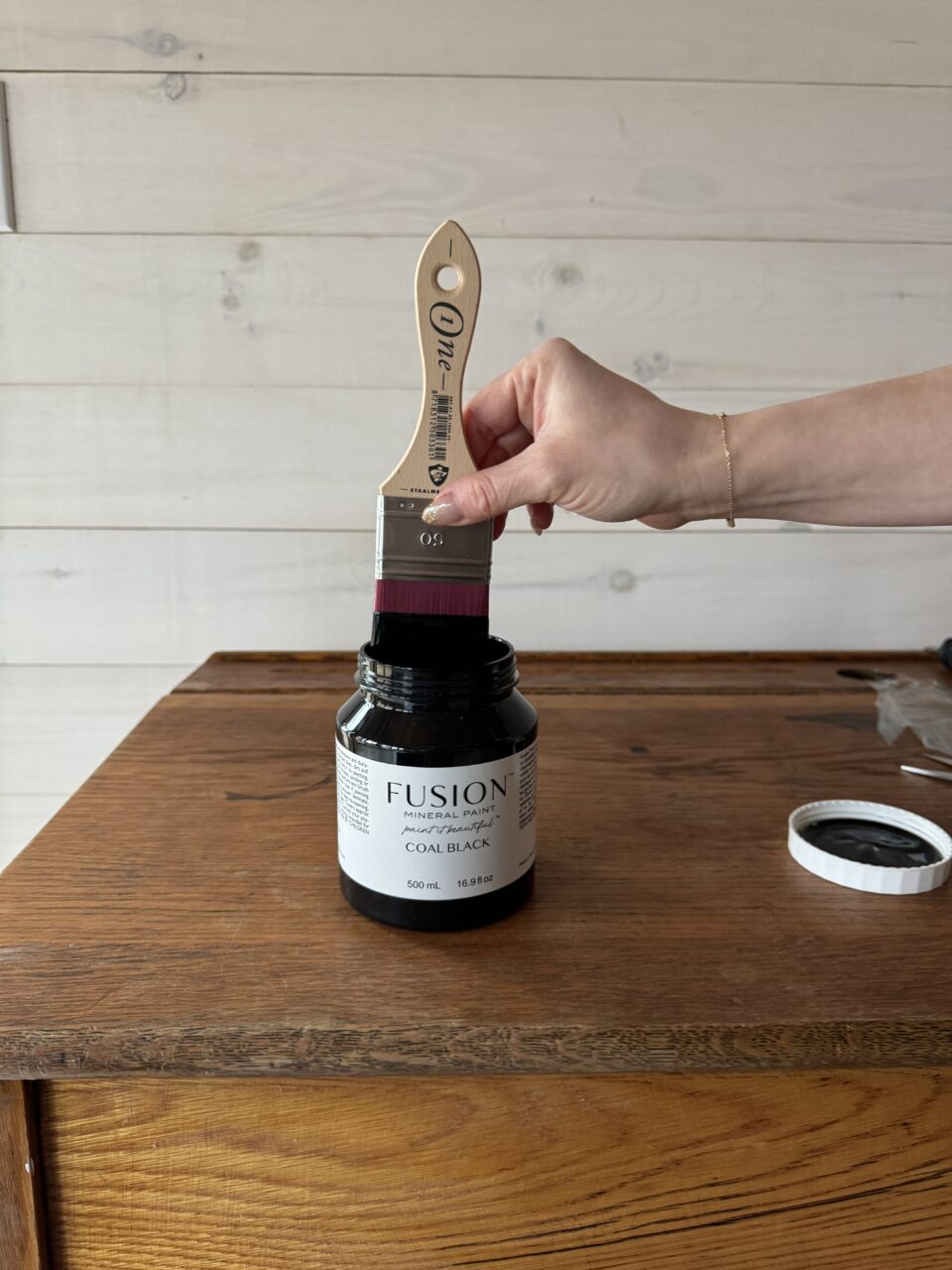
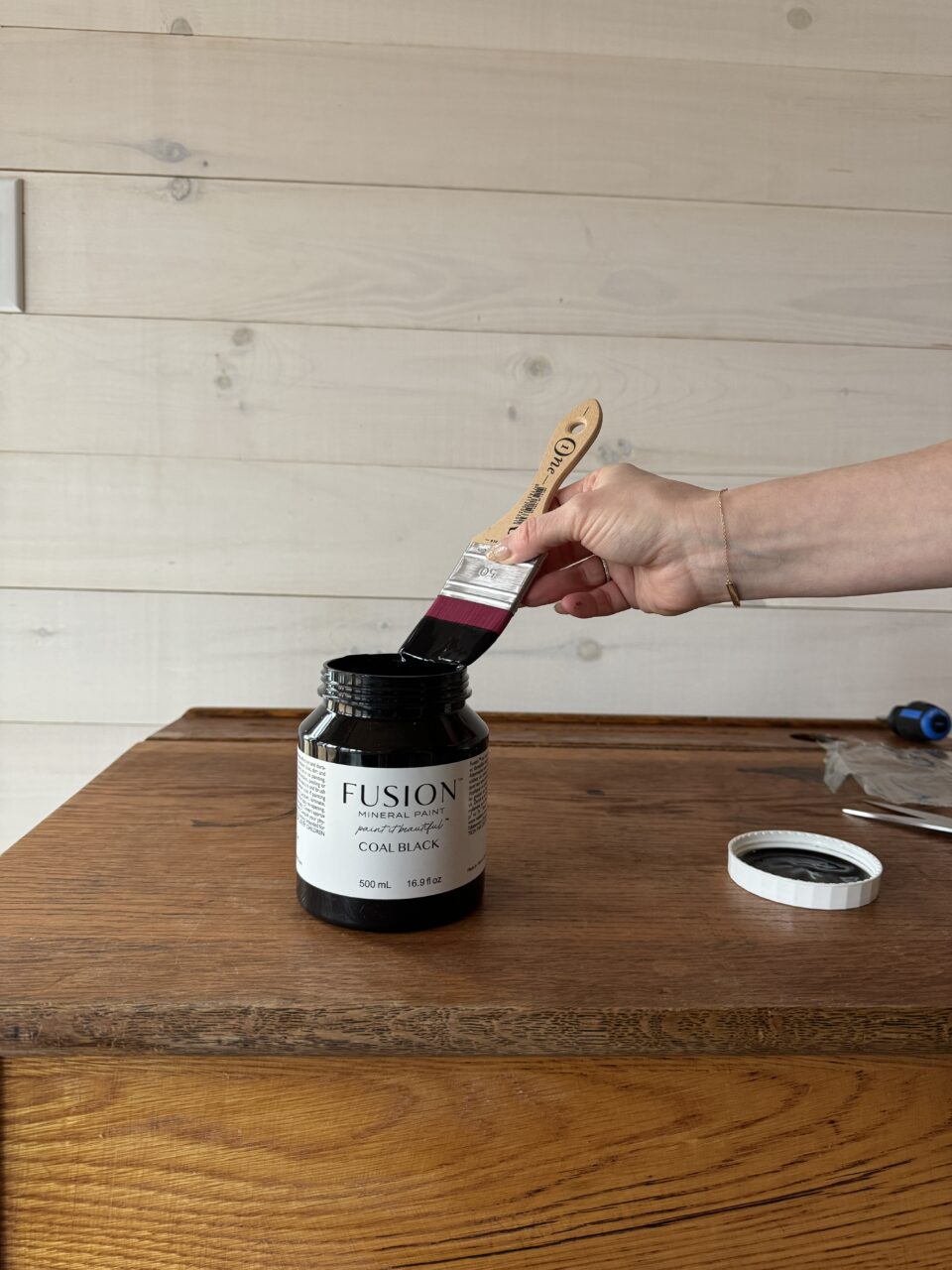

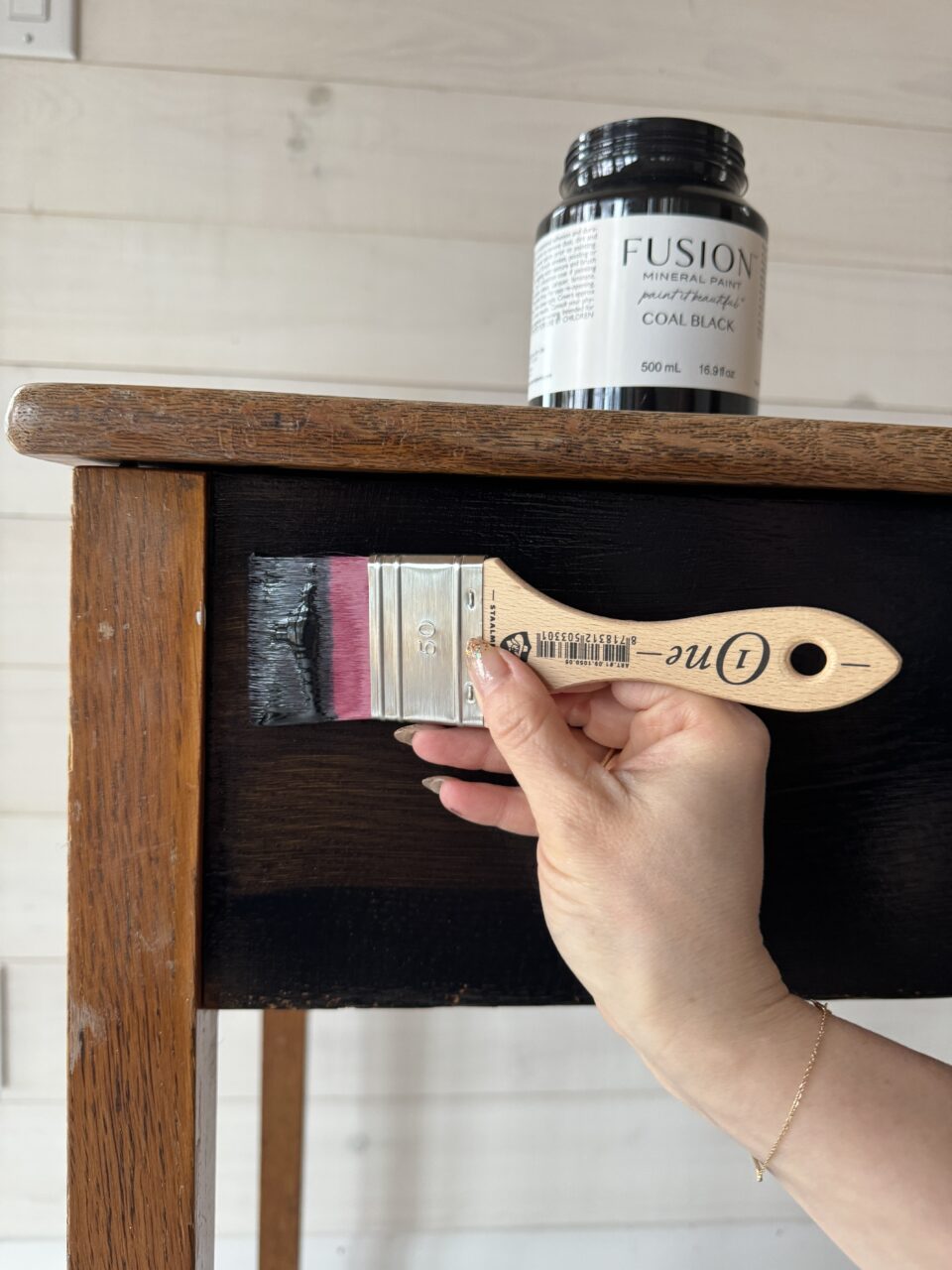
This next picture is great for showing you how little paint Jennylyn puts on her brush when painting.
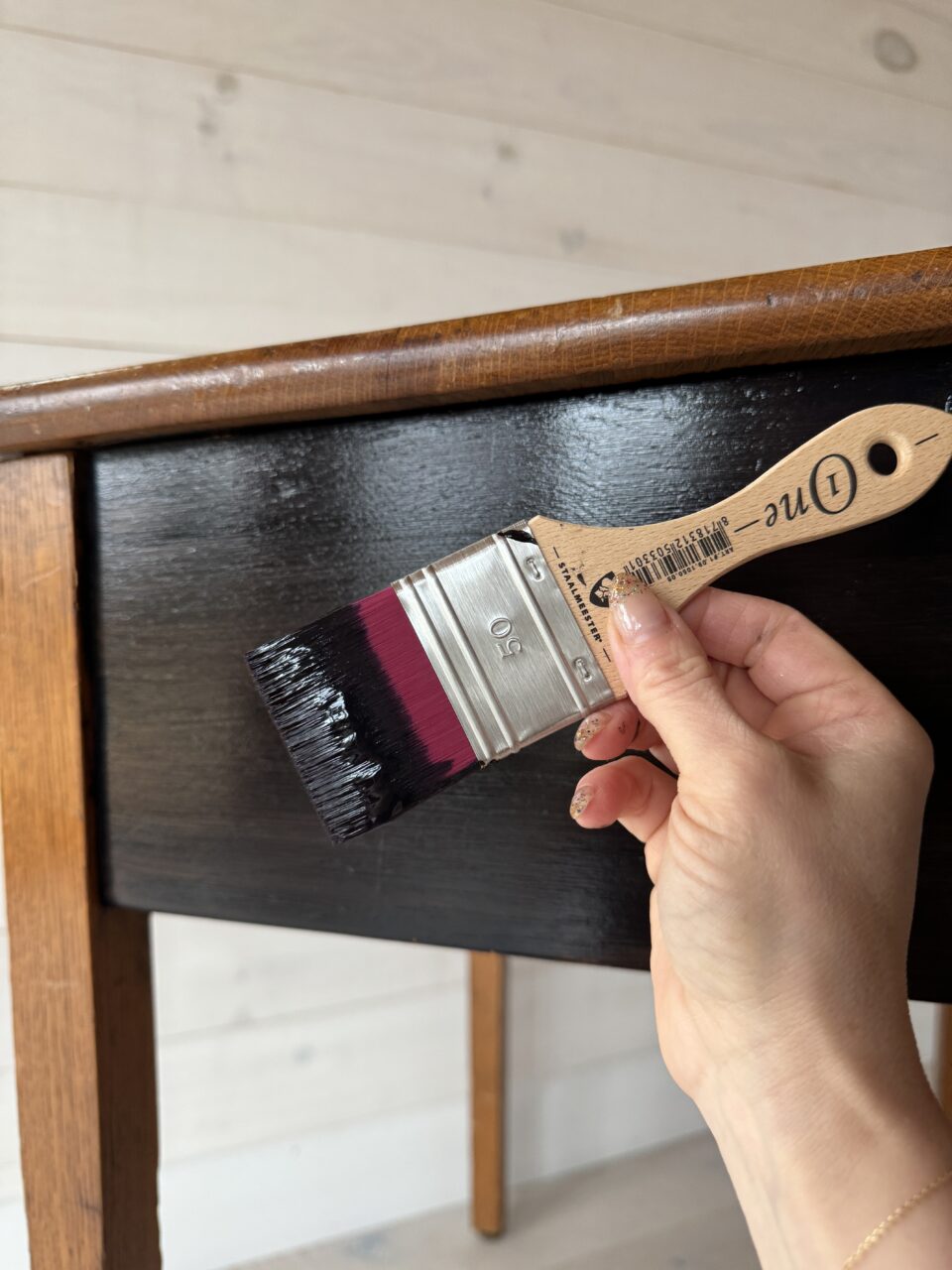
Your first layer of paint should be a thin coat. Don’t panic if you don’t see full coverage, especially when going from a dark to light colour. Using two thin coats is what will help ensure a smooth finish. Think of it like nail polish. You apply one base/initial coat. Then another thin layer, then another until your preferred look is achieved. The more you put on initially, the longer the drying time and room for mistakes (like pooling paint and uneven surfaces).
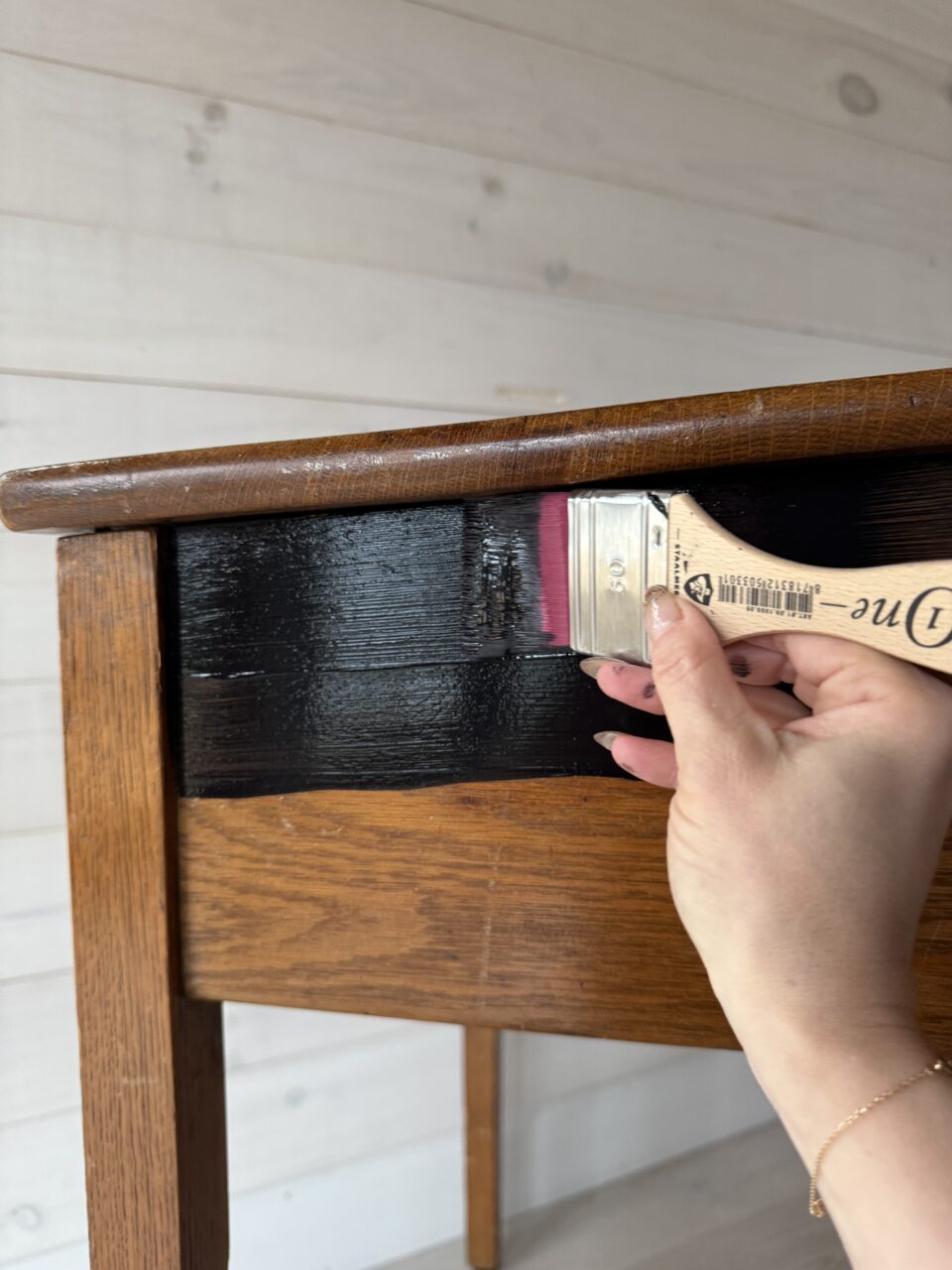
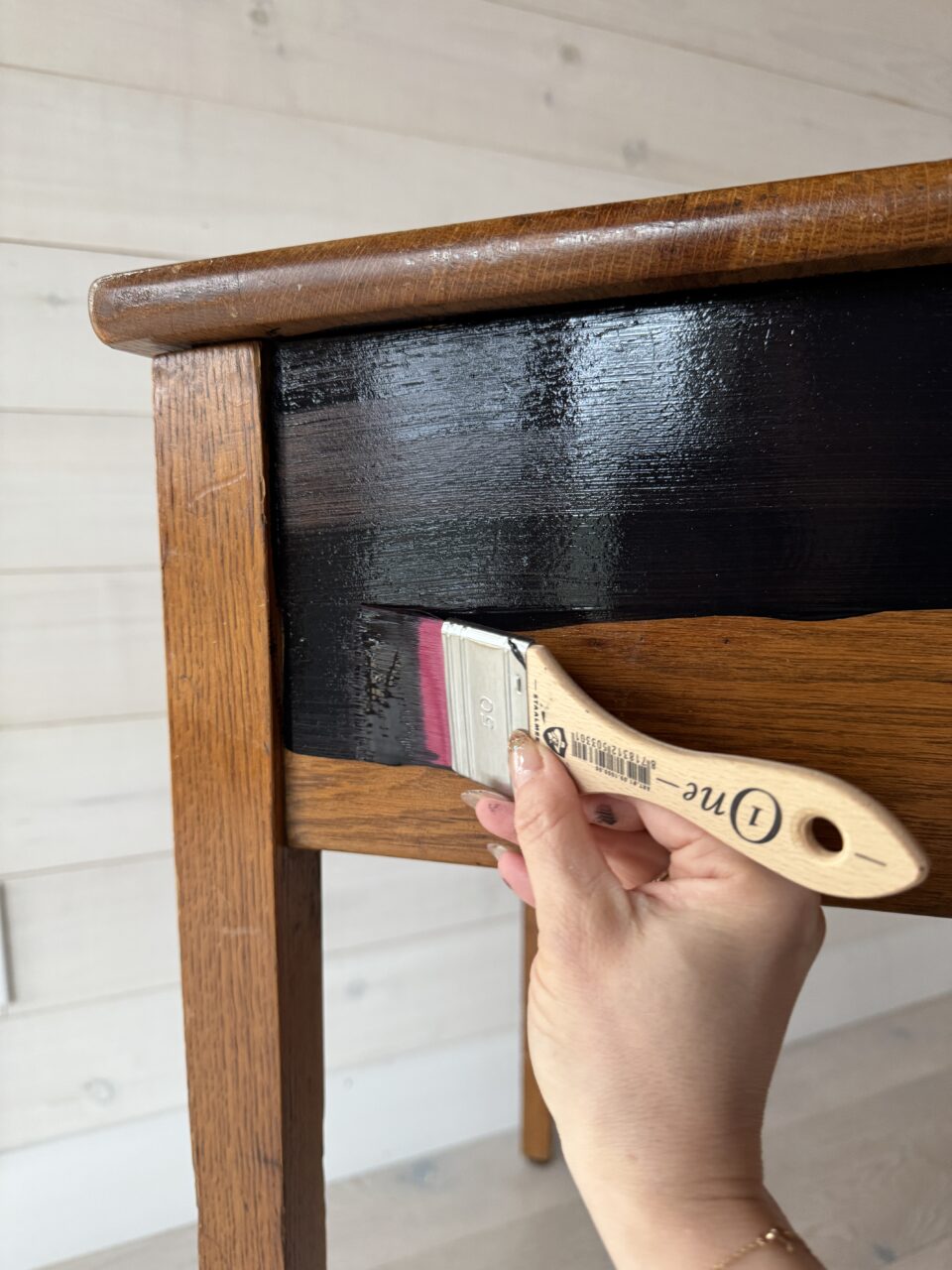
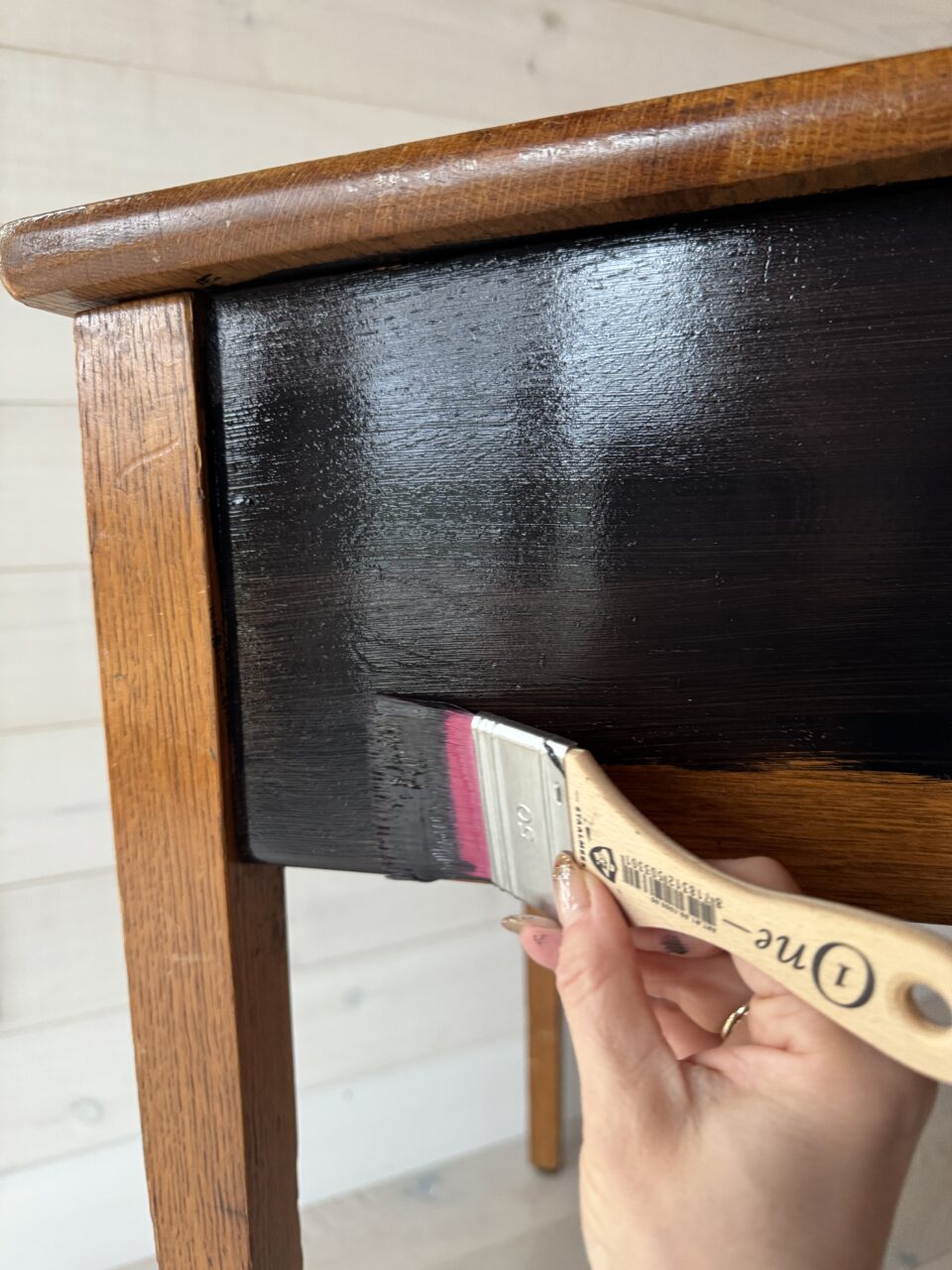
TIP: In our video that we share at the end of this blog post, Jennylyn shows you how to properly hold your paintbrush while painting to avoid marks on your surface.
Paint end to end
To prevent brush strokes, it’s best to paint from one end to the other without interruption. This applies whether you’re working on a round table top or a picture frame—never stop midway and return to the edge. Ensure you brush, loaded with paint, all the way to the opposite side. This technique avoids the unwanted line that can appear in the middle of your project and gives you a uniform finish across the surface. Painting back and forth on an area you’ve just painted introduces texture and, as you might have guessed, results in brush strokes.
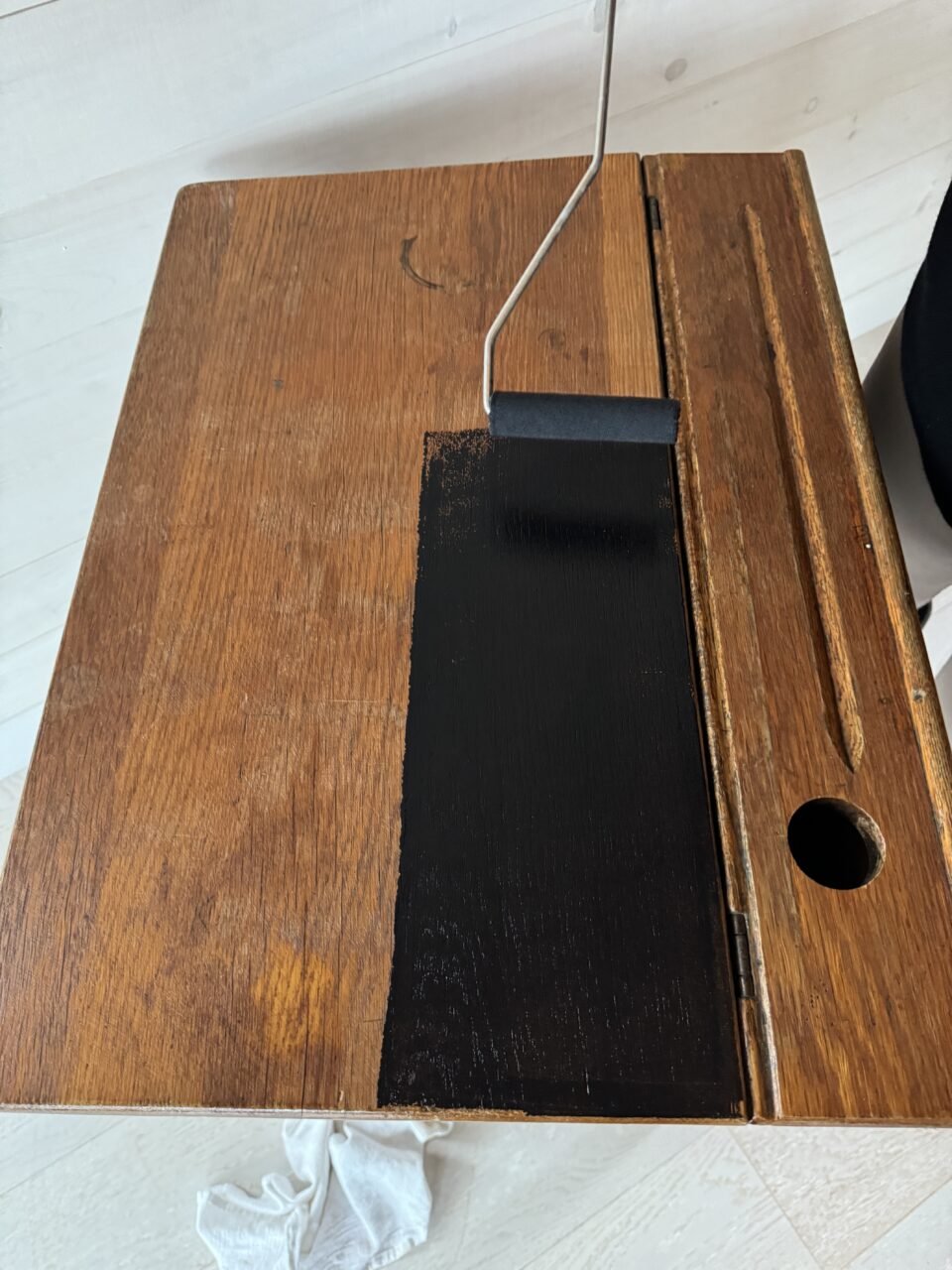
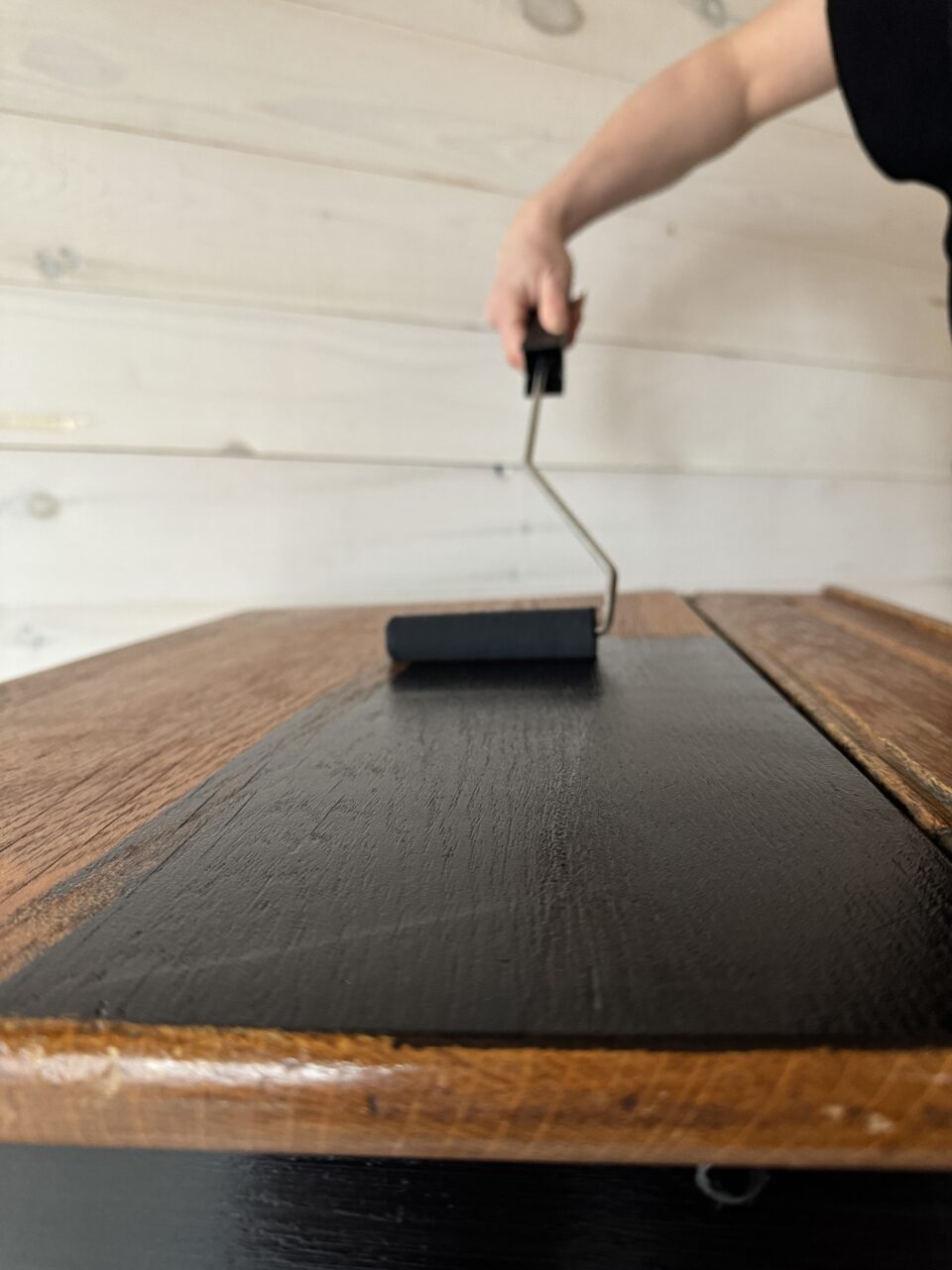
For extra big pieces, this can be a challenge. This is where choosing the right paint tool for the job becomes important as you would most likely switch to a roller instead of a brush, to cover the area more efficiently.
TIP: As you finish your paint layers, give them a quick look over and make sure there are no runs or any pooling. If all looks well, let your surface completely dry before doing your second coat. Fusion is dry to the touch after 2 hours and can accept a re-coat after 4 hours.
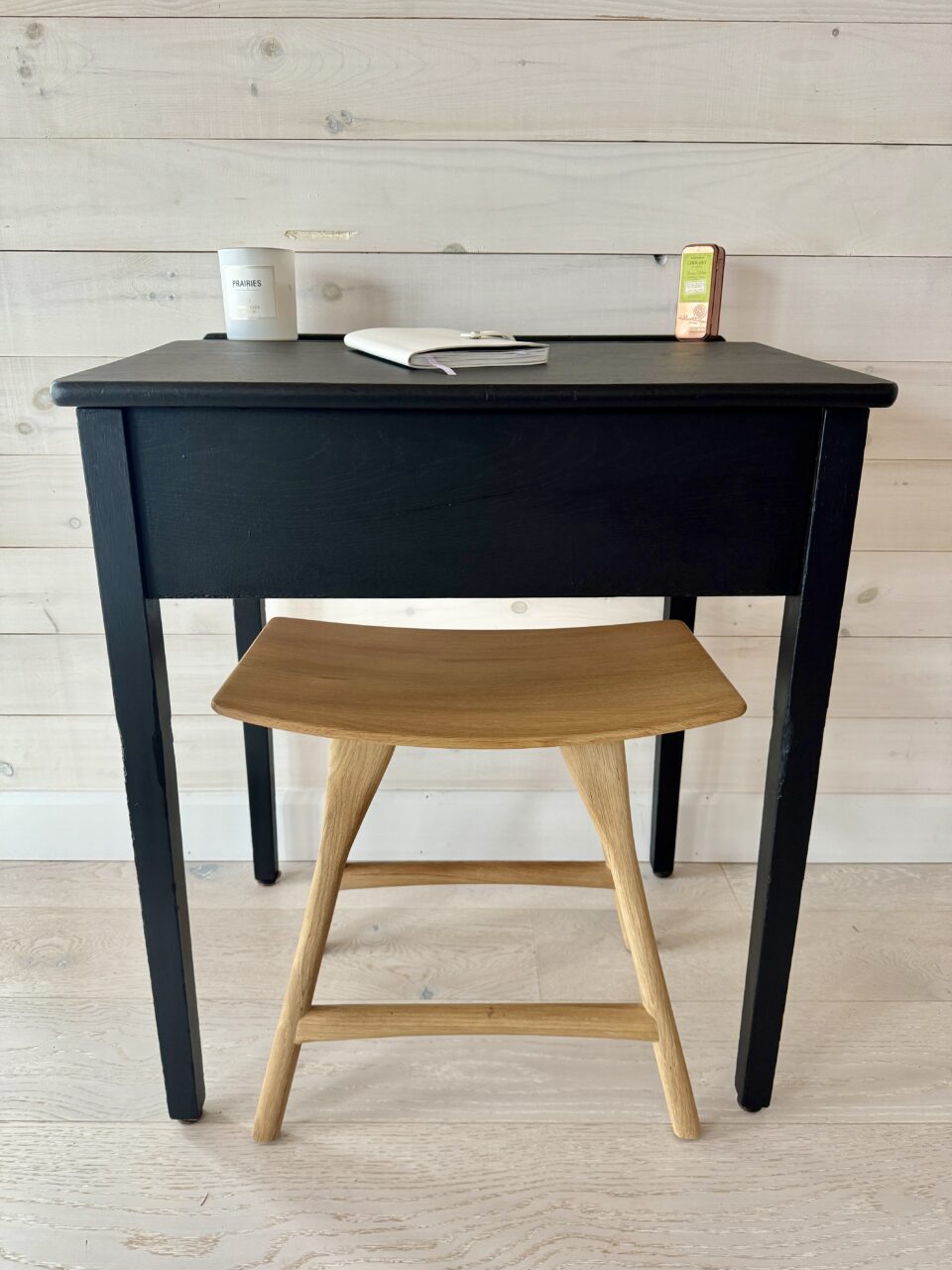
See Jennylyn’s top tips for loading your roller here!
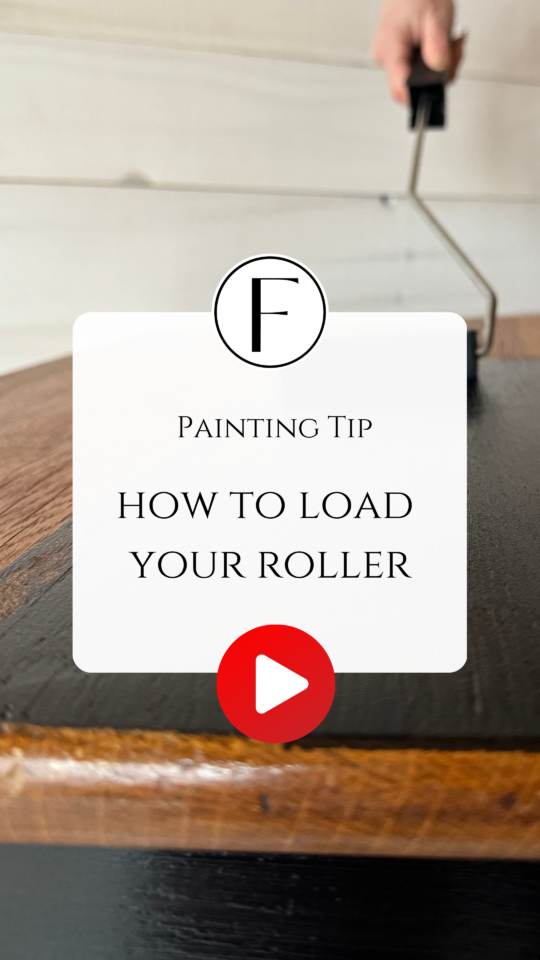
How to Not Get Brush Strokes When Painting Cabinets
When painting kitchen or bathroom cabinets, we suggest that you use a lint free roller to paint the flat surface areas on the cabinets. This helps to reduce any potential for brush strokes.
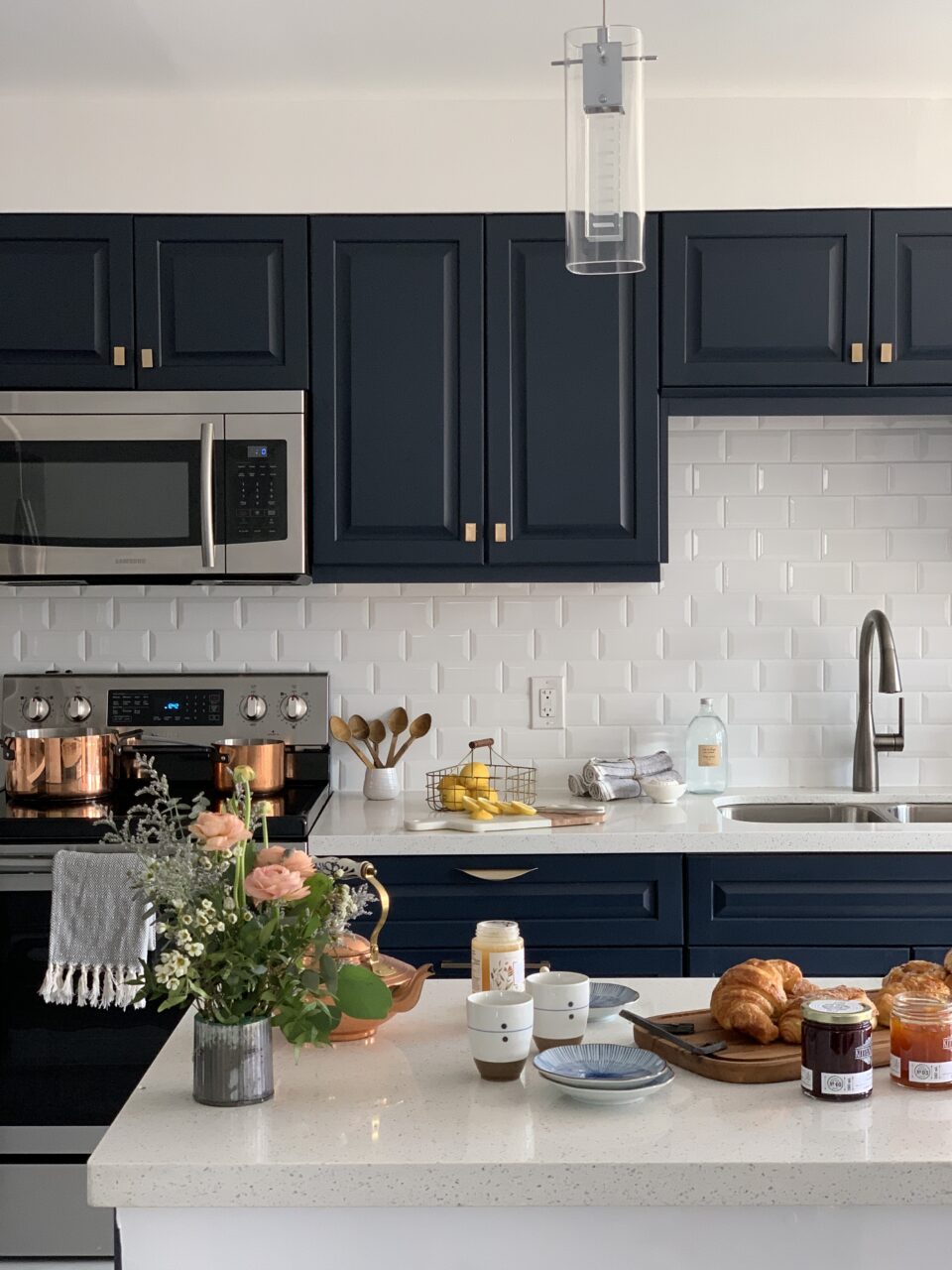
And there you have it! How to avoid brush strokes when painting furniture or cabinets. We highly recommend you watch our video on this topic, as we show you just how magical Staalmeester brushes are, how much paint you need for each layer and how easily Fusion Mineral Paint glides over your surface.



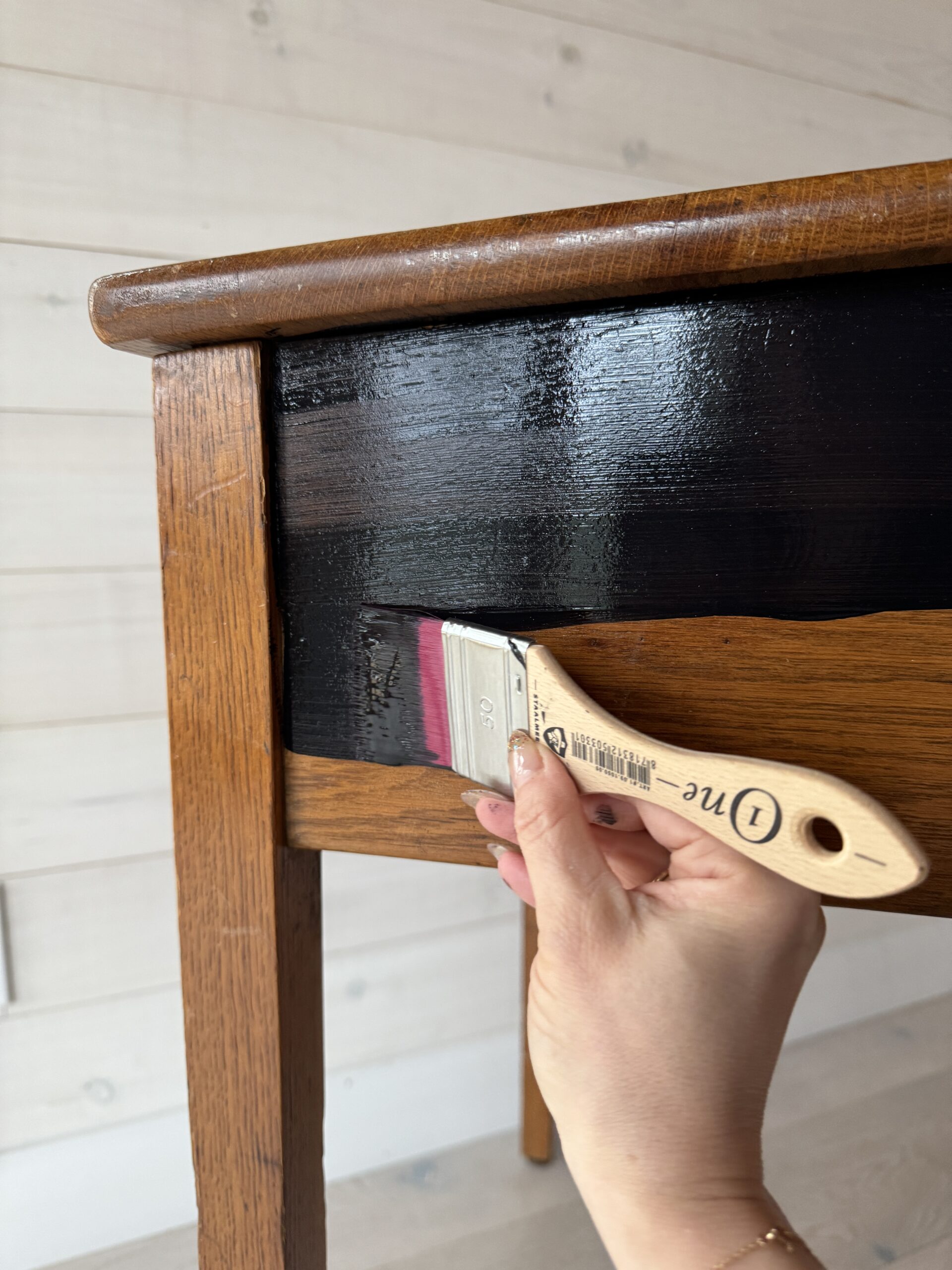
9 Responses